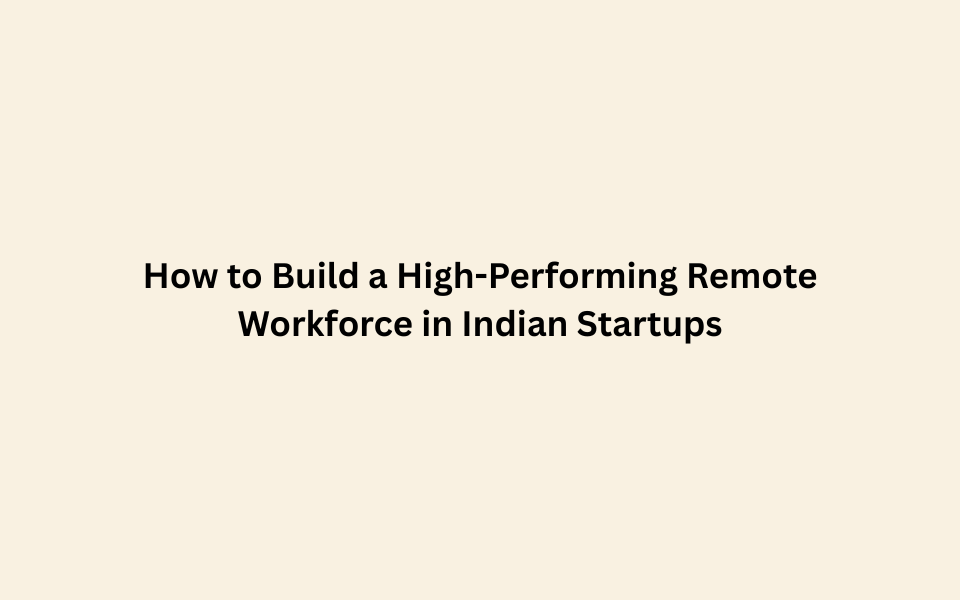The post-lunch of an all-day conference generally ends up being quite dull and loathsome. But Akhilesh Tuteja fielded the challenge with elan at the NASSCOM Technology & Leadership Forum 2019, on Day 1, to a packed audience of over 300. Nimble on feet, and with a deliberate, sharp wit, Tuteja revealed that his panelists had no time or opportunity to prepare for the onslaught he had in store for them. The result was a most unpredictable, mirthful, and incisive session that woke the scrumptious buffet-induced food coma out of everyone who jostled for their square foot of standing space in the Grand Salon.
First, let’s get a few things straight
Even before one zealously begins to chalk trends looking to the next decade, it is important to understand a few fundamentals clear:
- ISG: 60% people believe that automation and AI will increase the need to outsource business opportunities.
- HFS: The size of the Robotic Process Automation (RPA) market by 2022 $4.3 bn
- Forrester: 46% of Gen Z work as freelancers as of now.
- Technology predictions may look the same or different, but it is important remove so much as a shadow of doubt.
So, how easy is it to make a prediction?
When contemplating technology trends of the future, it is vital to consider analysing as well as interpreting them. Interpreting probability or chance can throw up several possibilities.
A 1906 illustration envisaged a year into the invention and mass dissemination of the telegraph, in which, assumably a couple is shown with their respective telegraph machines, wires trailing into the background, sitting side by side. While the telegraph did no such thing for the young generation in 1907, the mobile phone, and the smartphone more so, 100 years down, definitely ensured youth of today – whether in love or not, busy or otherwise, for entertainment or out of boredom – was glued to their palmtop screens.
Throughout the 1980s and ‘90s, business leaders were conservative about the future of tech – always over-over-estimating the amount of change that was to take place in two years, but superbly underestimate the change possible in the next ten years. Having said that, it’s also been established that predicting the immediate future is harder than to forecast a ten-year window.
What are the big technology trends in the next three to five years?
- Quantum (A research effort from Google AI that aims to build quantum processors and develop novel quantum algorithms to dramatically accelerate computational tasks for machine learning – particularly in context of blockchain), according to Mathew Guarini is full of promise. But even advocates of Quantum have been heard cautioning about betting too much on Quantum, because when it gets real, you may have to rearchitect, and may be even rethink the context in which to apply it because the fundamental premise of encryption will come under scrutiny. When the hype goes away, is when industry participants start looking at how best the technology can be applied. In the coming years, while cognitive technologies will continue to mature, advancements in quantum computing will reshape not just the business landscape but also have profound impact on our lives.
- Blockchain is what Phil and Steven both sidle with. Elaborates panelist Phil, “Unlike initially when it was hyped, like IoT, the hype’s now died and people are investing in figuring out how to apply it to industrial needs, alongside contract management and (data) sharing capabilities of the technology. It may have a lot of flaws currently that business cases have illustrated, but organisations are working through them.”
“In 3 to 5 years, blockchain has the potential to be a massive disruptor. If the cloud piece goes at the rate that we expect, it will disrupt the RPA piece even sooner with APRs and micro-services available. We are already witnessing consortiums coming together to rethink blockchain within their industries, beyond the cryptocurrency aspect and individual banks and financial services. Once major consortiums make their efforts public, reimagining industries such as supply chain, logistics, shipping, chemicals, clinical trials, agri camps, etc. From a sustainability standpoint, it takes too much power right now, even though the distributed edger technology is pathbreaking. Perhaps in combination with a centralised system this can be optimised,” says Steven.
- Social-politics + Tech “The coming together of these two mean you don’t need to know coding anymore to be using technology, and the impact of social media and technology on politics is evident. In fact, political parties are emerging from this coming-together – a sort of coming of age, like several MPs walked out of the Labour Party recently in the UK to set u a new party. A coming together of social thinking and technology will shape the politics of the future in a way we never even thought about it,” adds Phil.
- “Public adoption of cloud will accelerate,” preempts Steven, “Only 9% of corporate workload uses public cloud currently. Once we accelerate towards the 13% to 15% range, it’ll be a game changer on how we imagine app development, immigration of DevOps, Agile, new digital operating models, and the whole ecosystem. Combined with its growth as a service, growing at approximately 45%, compared to the traditional growing markets at 3%, including RPA which is adopted by about 7% organisations today, the convergence of the two would lead to the service as a delivery model in the future.
The shelf-life of any technology you can think of, however, is a primary concern.
Where should businesses and business owners put there money for the best RoI tomorrow?
- Ecosystems of problem-solving technology are thought to be “really undervalued”. Operating models, combined with the gig economy, fintech, cognitive assistance for HR or Finance, like IBM’s Watson, bots, machine learning, gig investments like Lyft against Uber are all promising investments.
- Customer experience – Adobe’s Kulmeet Bawa often speaks of the present being the Experience Era in technology (after back-office, and front-office eras). A third or even two thirds of your customer experience can be developed through a great employee experience. Employee experience has been statistically known to deliver better customer experience and therefore performance.
What is/ are some of the most overrated technologies?
- RPA – “Robotic Process Automation has lot of potential, but it’s suffering on account of overhype — only 13% of RPA implementations are industrial. Everything else is just talk and being dumbed down; thousands of licences have been sold, but few executed. A lot of the tech in RPA doesn’t even get injected into the app,” opines Steven. However, it would be interesting to understand the extend of this investment.
Dr Ulrich Spiesshofer, in his keynote clearly outlines the intense investment that ABB is making on robotics – even at 3-4%, thats a few hundred million! In the scheme of things then, what matter? The number of companies that have adopted robotics or he amount invested by each conglomerate to solve a mass problem?
- Artificial Reality-Vitual Reality have been through all the cycles of how they will enhance consumer experience and benefit b2b. The vision is there, but the hype outdoes the expectation or creativity.
What’s in store for IT providers in the years to come?
- The need to innovate is overarching in our times. Companies are dramatically innovating in tech.
- Companies aren’t going to be able to fast-follow. Building the on your own is going to be difficult, so for services to fill that need gap whether through outsourcing or just partnering the project.
- Steven also points out, “Traditional IT & BPO outsourcing is growing at 3.6%. The big headwind against IT is the lack of growth – automation, agility, productivity improvements, technology, macro-economic factors like trade and BREXIT, etc. Every business is a technology company today.”
- Dr Spiesshofer also mentioned this in his keynote – and Phil reiterates, “How do you retain talent? Those who can create university-type training grounds will survive.
- Phil continues, “BREXIT could cause the FTSE to crash by 50% if there’s no deal, in turn affecting global markets to the tune of $15 tn. We are in to hit another recession, but whoever emerges from it will be successful. There will be some job creation, and some impact – but the significant impact will be on economy.”





















